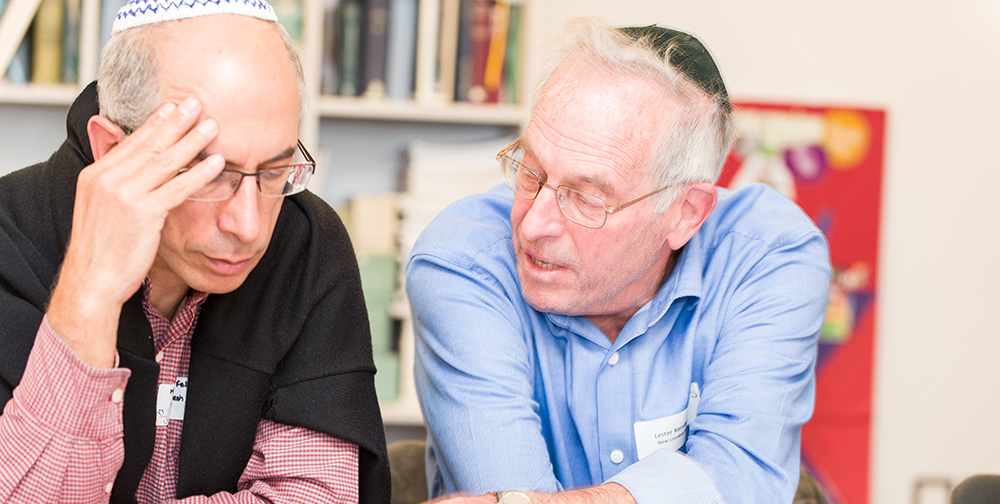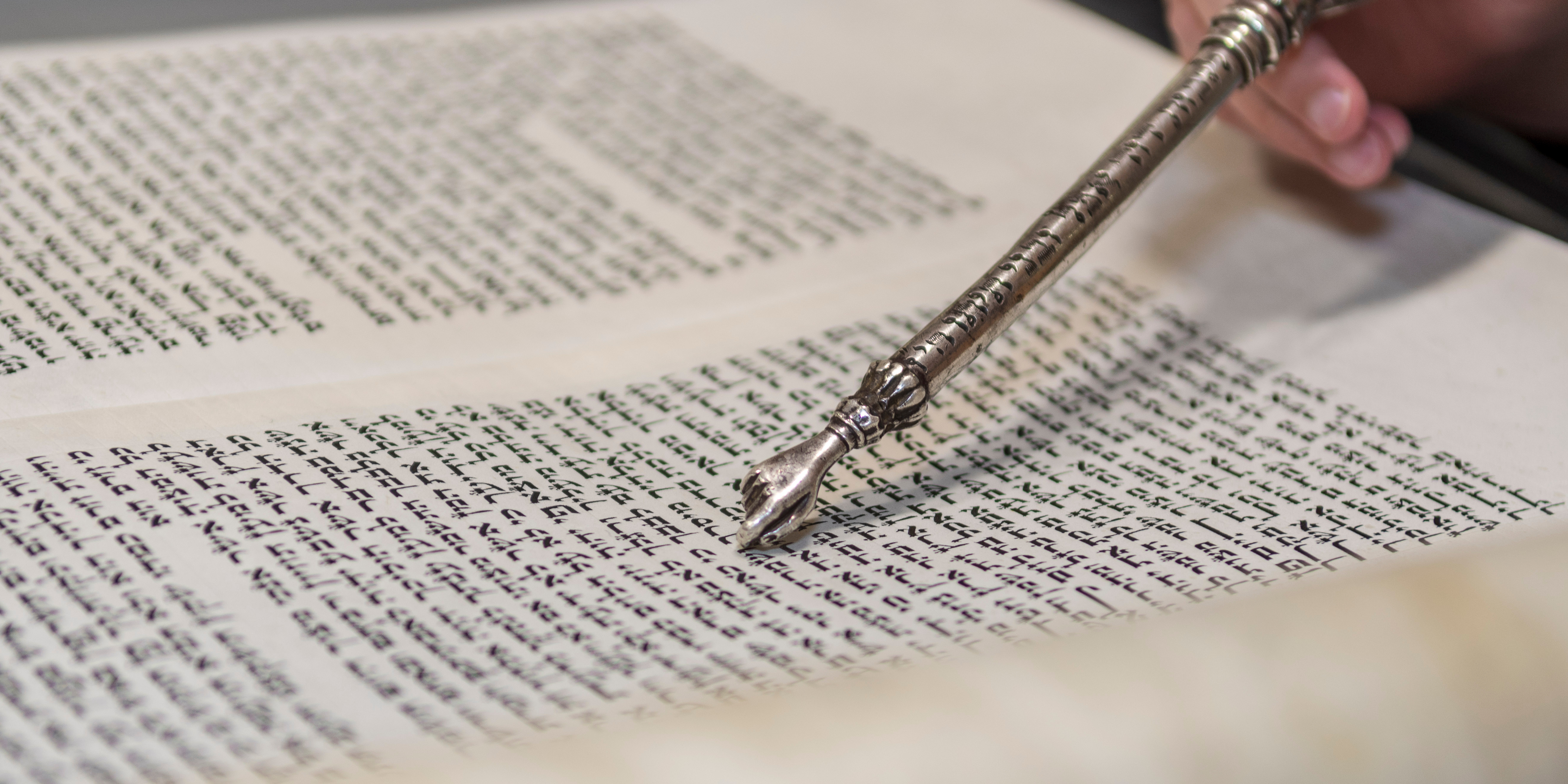The Middle Section of the Amidah

The Amidah is the backbone of the Jewish liturgy. From the daily Shacharit (Morning Service) to the Shabbat Musaf (Additional Service) to the Days of Awe, the Amidah is recited in every service. Known as ha-tefillah – the Prayer by the Sages, we call it the Amidah – the standing prayer – because it is said while standing, in contrast to the Sh’ma which is recited while sitting or lying down. Whilst the Sh’ma is a series of Biblical texts, recounting God’s redemption of Jewish people in history, the Amidah is an appeal for God’s redemption in the present and future.
The Amidah begins with three prayers of praise and ends with three prayers of thanksgiving; the middle blessings form its core, changing according to the time of day, day of the week and festival of the year. The Sages believed that Shabbat is meant to be a taste of the world to come; prayers for everyday concerns might distress us and distract us from our rest and therefore, on Shabbat, the intermediate blessings concentrate on the holiness of the day with each one articulating the Shabbat themes of divine history, creation, revelation and redemption.
During the week day services, the intermediate blessings are a series of requests, including prayers for knowledge, repentance, forgiveness, redemption, healing, prosperity, ingathering of the exiles, justice, blessing of the heretics, the righteous, Jerusalem and David, and finally mercy. The blessings were likely composed over a period of time, beginning with the Hasmonean era and continuing through the rabbinic era. The blessings can be interpreted by the worshipper as personal supplications or national entreaties or both. Called the Shmoneh Esrei – the eighteen – the weekday Amidah originally consisted of eighteen blessings. However, the early Babylonian community separated the blessings for rebuilding Jerusalem and the reestablishment of the line of David which remains the custom today.
The Talmud teaches that Shimon HaPakuli arranged the eighteen blessings of the Amidah before Rabban Gamliel in Yavneh soon after Jerusalem and the second Temple were destroyed by the Roman siege in 70 C.E. After the tragic failure of the Jewish revolt against the Romans and Bar Kochba’s leadership, the Sages reacted with a turn towards political quietism and skepticism of messianic promises by charismatic leaders. In this light, scholars believe that the Amidah was composed not only as a series of discrete blessings for individual repentance but also as a theological statement about messianic redemption. Beginning with the first blessing for knowledge, the Amidah is constructed as a ladder of blessings each one building on the theme of the previous blessing. Repentance is built on a person’s knowledge and insight into their sins, God’s forgiveness occurs when one repents. All of these prayers are meant to lead to the concept that the messianic redemption will only come once all of the requirements, as articulated in the intermediate blessings, are fulfilled.
The Rabbis believed that redemption would be a slow process, brought about by communal effort rather than individual leadership. Rabbi Yochanan ben Zakkai taught: ‘If you have a sapling in your hand and someone tells you the Messiah has arrived, first plant the sapling and then go out to welcome the Messiah’ (Avot d’ Rabbi Natan 31)
Rabbi Daniella Kolodny is a member of New North London Synagogue and is the former Rabbinic Development Consultant for Masorti Judaism



